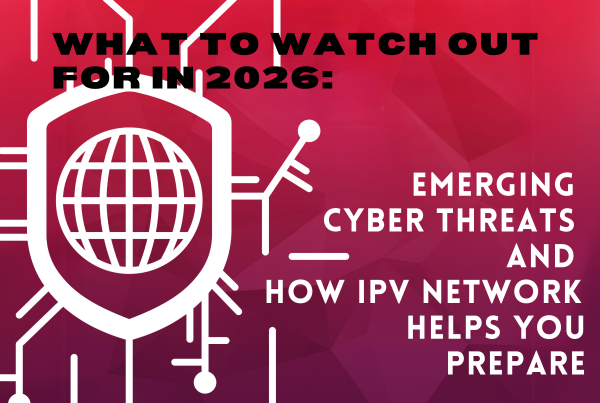Customer experience is one of the most critical aspects businesses need to prioritize. It’s important to remember, though, that positive customer experience is more than just about delivering excellent products and services and connecting with your target market through omnichannel approach. Security is a major concern for today’s protective consumers. Thus, it should be a significant part of your customer experience model.
With a secure customer experience model, you’ll be able to gain your target market’s ‘cyber trust.’ It’s an advantage that can set your business apart from your competitors. In fact, a Forrester report has found that privacy and data security are a key competitive differentiator. If you are able to deliver secure customer experience, it will be easier for you to acquire new customers and increase customer loyalty. This can positively impact your bottom line and drive business growth.
So, it’s best to focus on gaining your customers’ trust. Transform your business by developing a secure customer experience. Here are the key steps to help you get started:
1. Develop Secure Products / Services
Aside from top quality design and features, you should also make security an essential component of your product or service. If you can prove to your target audience that your product or service is secure, they will have confidence in doing business with you. Be consistent in delivering secure products or services, and you’re sure to have repeat customers.
2. Establish a Clear Customer Journey Map
Mapping your customers’ journey can help you identify the different touchpoints before, during, and after a purchase. According to research, consumers use an average of six touchpoints with every purchase. While each touchpoint may lead to engagement, each can also present risks of security gaps and breaches. These can occur when a customer visits a site that has been infected with viruses and malware. Hackers have the ability to change a website link and redirect visitors to a fraudulent one or use a card skimming tool to steal customer credit card information.
By constantly reviewing your customer touchpoints and creating a clear customer journey map, you’ll be able to prevent such security gaps and therefore provide a positive customer experience. You can tap the services of a cybersecurity provider like CyberInt to help you with this process.
3. Offer Security Training Programs for Employees
Your employees are your brand’s best ambassadors. They are instrumental in creating a good image and reputation for your business, as well as in building trust with your customers. This is why you should consider investing in security training programs for your employees. Educate them on the proper security protocols that are part of your customer experience model.
4. Set Up an Emergency Action Plan
Even the most successful companies with a strong cybersecurity system can still be exposed to brand abuse and cyberattack. No matter the size and status of your business, it’s important that you have an action plan in place so you’ll know how to handle the situation should a breach occur.
Deliver timely and informative communication to your affected customers. Appease them by connecting with them through email, social media, your website, and other relevant channels. Show them that you’re dealing with the situation effectively. Make them feel that they are valued and that despite the breach, your business can still be trusted.
Nowadays, consumers are becoming increasingly protective of their privacy and critical about personal data security. They look for businesses that can be trusted. With a secure customer experience model, you can show your target audience that you are taking customer data protection seriously. It’s a key to gaining your customers’ trust, boosting customer lifetime value, and achieving success.


